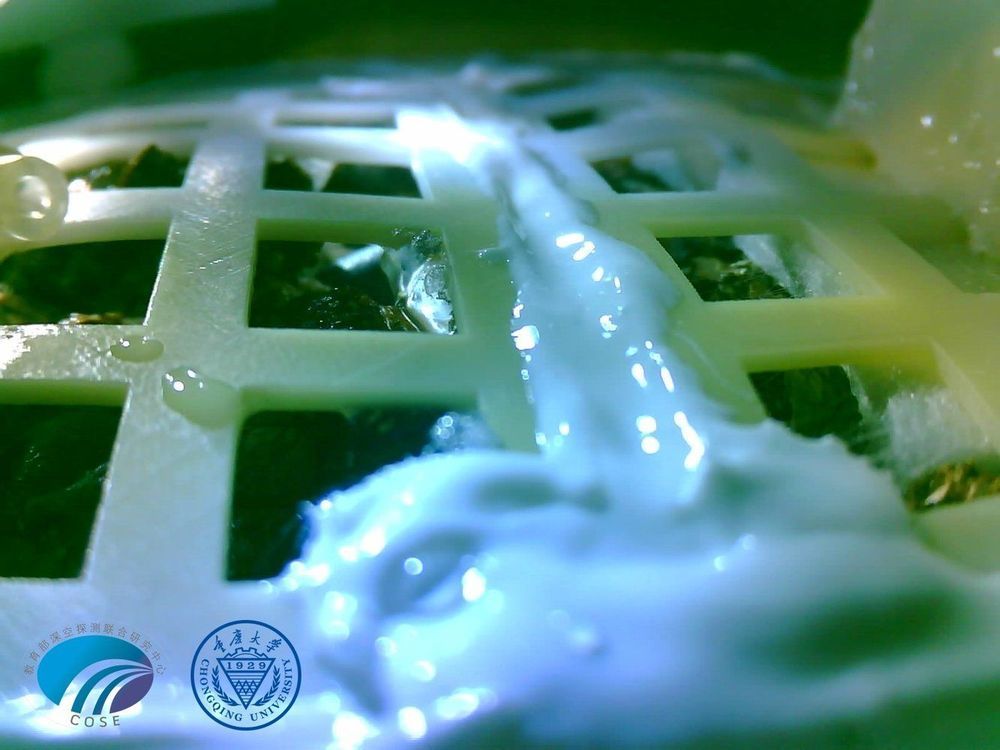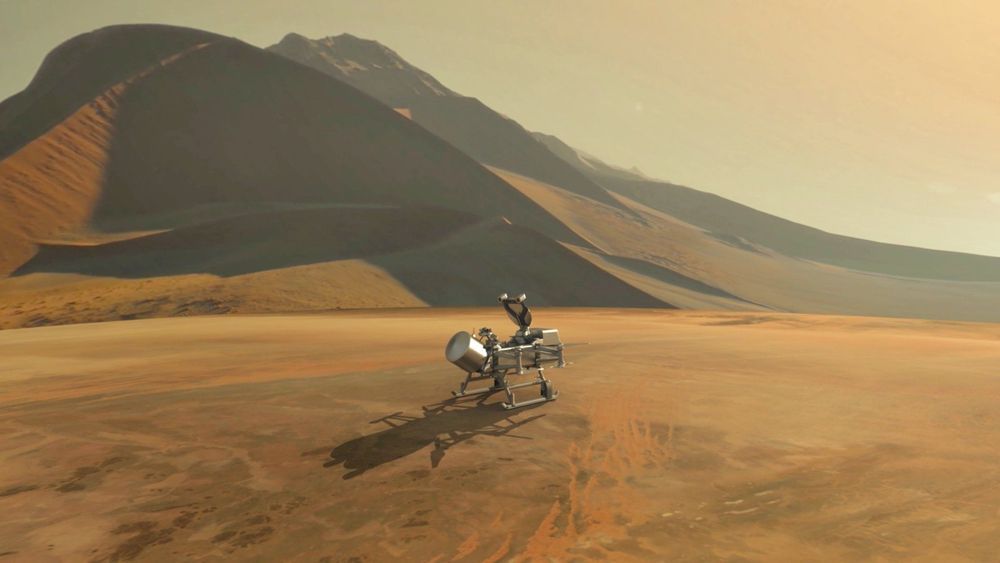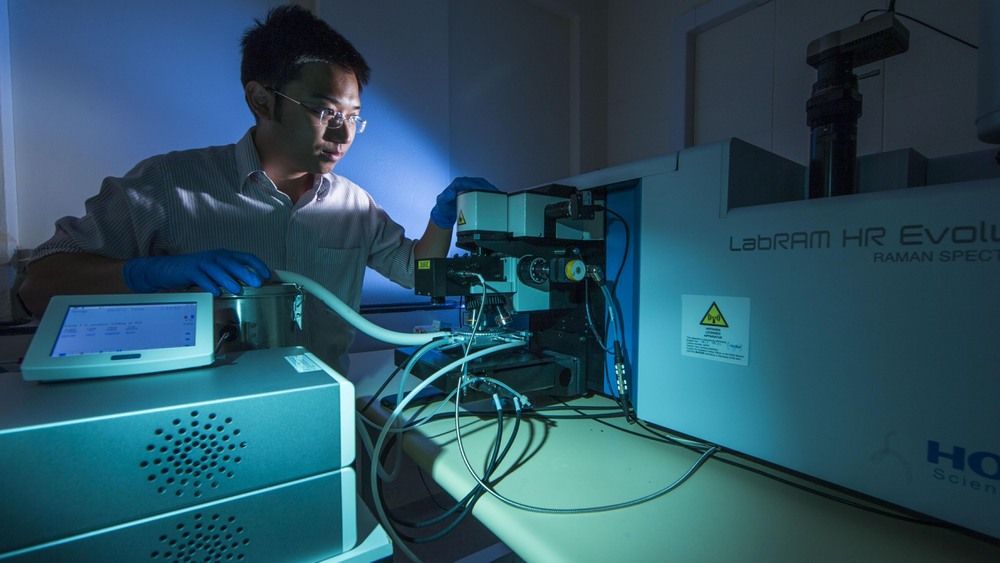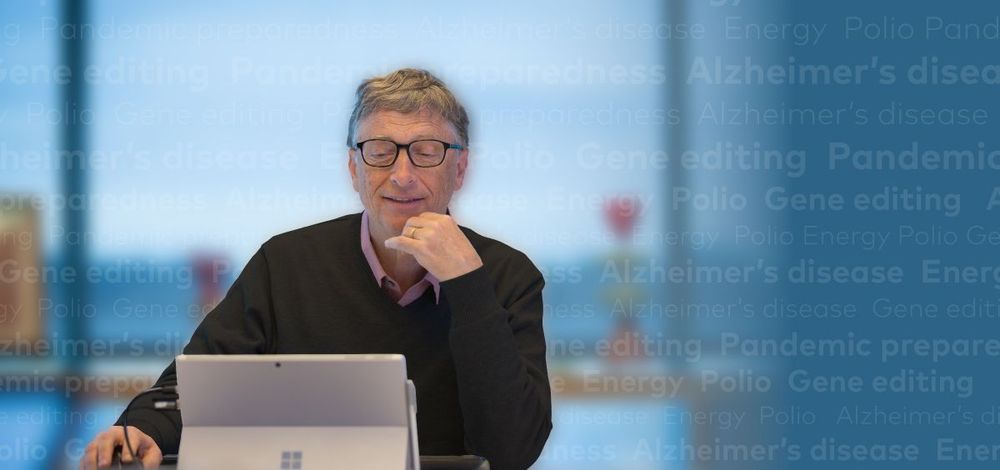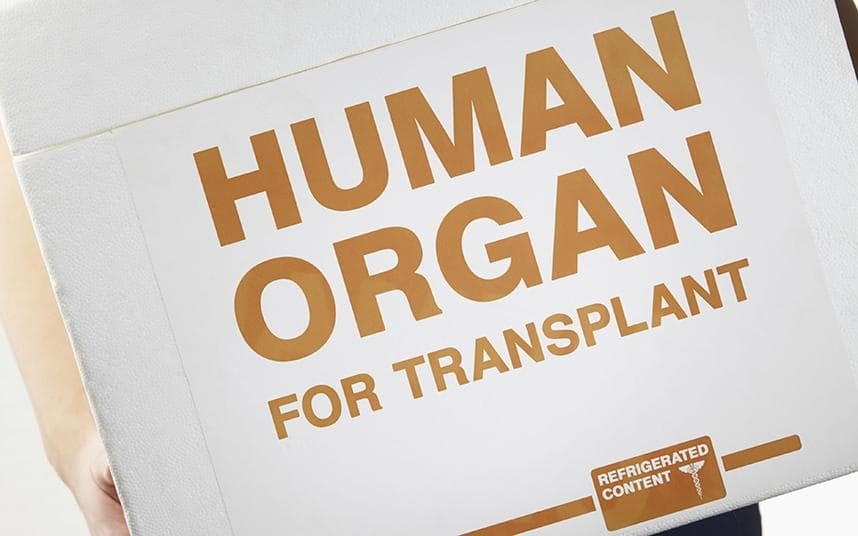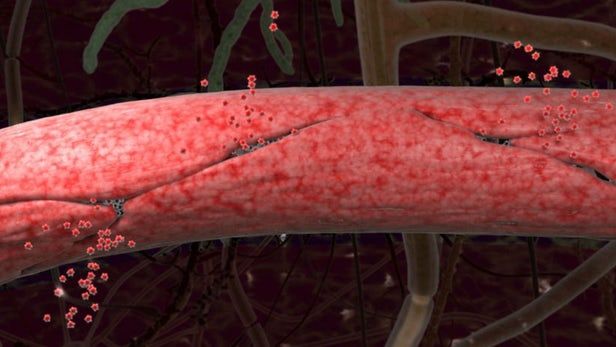Page 9534
Jan 16, 2019
NASA May Decide This Year to Land a Drone on Saturn’s Moon Titan
Posted by Alberto Lao in categories: bioengineering, drones, space
The spacecraft that have peered through the yellowish haze surrounding Saturn’s moon Titan discovered a strange, yet strangely familiar world where life could theoretically take root. Now, scientists want to return — this time buoyed by Earth’s fascination with drone technology.
That’s precisely what a team of scientists working on a proposed mission called Dragonfly want to do: combine terrestrial drone technology and instruments honed by Mars exploration to investigate the complex chemical reactions taking place on Saturn’s largest moon. Later this year, NASA will need to decide between that mission and another finalist proposal, which would collect a sample from a comet.
“At first blush, I think a lot of people think [Dragonfly] sounds like the literal meaning of incredible,” Melissa Trainer, a deputy principal investigator with the mission, told Space.com. “Not only is this an incredibly exciting concept with amazing, compelling science, but also, it is doable — it’s feasible from an engineering standpoint.” [Landing on Titan: Pictures from Huygens Probe on Saturn Moon].
Continue reading “NASA May Decide This Year to Land a Drone on Saturn’s Moon Titan” »
Jan 16, 2019
Say ‘bye bye’ to faulty mobile phones and solar cells
Posted by James Christian Smith in categories: mobile phones, solar power, sustainability
Jan 16, 2019
What I learned at work this year
Posted by Derick Lee in categories: biotech/medical, neuroscience
As I look back on the year, I am also thinking about the specific areas I work on. Some of this is done through our foundation but a lot of it (such as my work on energy and Alzheimer’s work) is not. What connects it all is my belief that innovation can save lives and improve everyone’s well-being. A lot of people underestimate just how much innovation will make life better.
Here are a few updates on what’s going well and what isn’t with innovation in some areas where I work.
Bill Gates looks back on 2018, and shares a few thoughts on what’s going well and what isn’t with innovation in some specific areas that he works on.
Jan 15, 2019
MANF identified as a rejuvenating factor in parabiosis
Posted by Manuel Canovas Lechuga in category: life extension
Buck researchers also harness an innate repair mechanism to protect against liver damage in aging mice and extend lifespan in flies.
Manufacturers will have to make appliances, like TVs and washing machines, last longer and easier to mend.
Jan 15, 2019
Liver transplant breakthrough to halve the waiting list, say experts
Posted by Genevieve Klien in categories: biotech/medical, innovation
A machine which triples the time livers can survive outside the body promises to halve the transplant waiting list, experts have said as officials approved its use in the NHS.
Hundreds more patients with advanced liver disease — Britain’s fifth biggest killer — have hope of a successful transplant after the “game-changing” technique was given the green light by the National Institute of Health and Care Excellence (Nice).
Currently livers intended for transplant typically survive for only about eight to ten hours on ice.
Continue reading “Liver transplant breakthrough to halve the waiting list, say experts” »
Jan 15, 2019
New ultra-fast 3D printing technology uses resin and light
Posted by Genevieve Klien in category: 3D printing
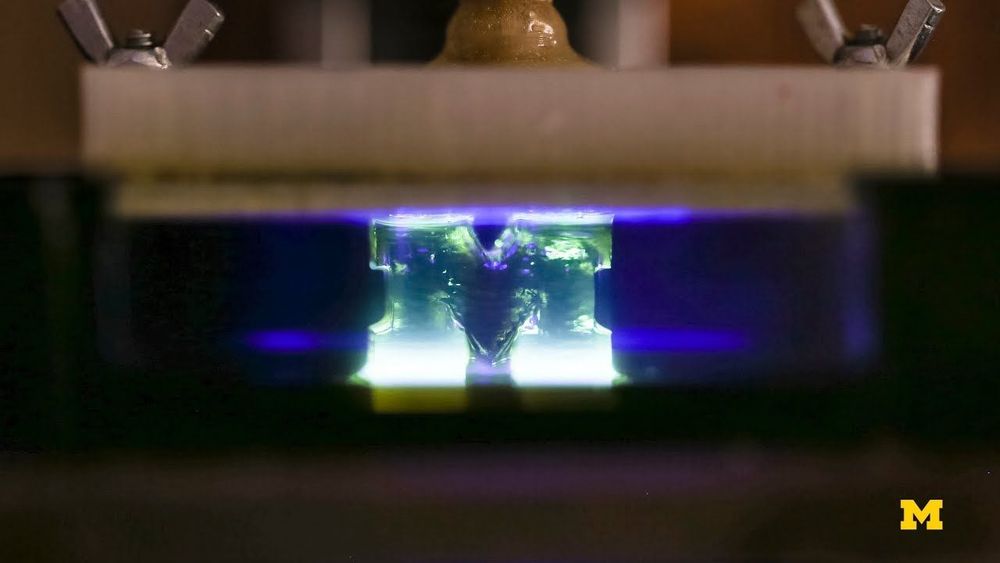
Researchers with the University of Michigan have developed a new 3D printing technology that is capable of printing 100 times faster than normal 3D printers. Unlike traditional 3D printers, which work by applying plastic down as layers, the new technology involves resin that is solidified upward at rapid speeds. The new method is capable of producing complex objects at speeds that traditional printers can’t compete with.
Jan 15, 2019
Leaky blood-brain barrier identified as potential early-warning sign for Alzheimer’s
Posted by Genevieve Klien in categories: biotech/medical, neuroscience
New research published in the journal Nature Medicine has described the results of a five-year study into the association between a breakdown of the blood-brain barrier and the onset of cognitive impairment. The study suggests leaky capillaries in the brain can act as an early biomarker of cognitive decline, and a new drug being developed for stroke patients may be an effective treatment.
Jan 15, 2019
Experiments detect entropy production in mesoscopic quantum systems
Posted by Xavier Rosseel in categories: particle physics, quantum physics
The production of entropy, which means increasing the degree of disorder in a system, is an inexorable tendency in the macroscopic world owing to the second law of thermodynamics. This makes the processes described by classical physics irreversible and, by extension, imposes a direction on the flow of time. However, the tendency does not necessarily apply in the microscopic world, which is governed by quantum mechanics. The laws of quantum physics are reversible in time, so in the microscopic world, there is no preferential direction to the flow of phenomena.
One of the most important aims of contemporary scientific research is knowing exactly where the transition occurs from the quantum world to the classical world and why it occurs — in other words, finding out what makes the production of entropy predominate. This aim explains the current interest in studying mesoscopic systems, which are not as small as individual atoms but nevertheless display well-defined quantum behavior.
